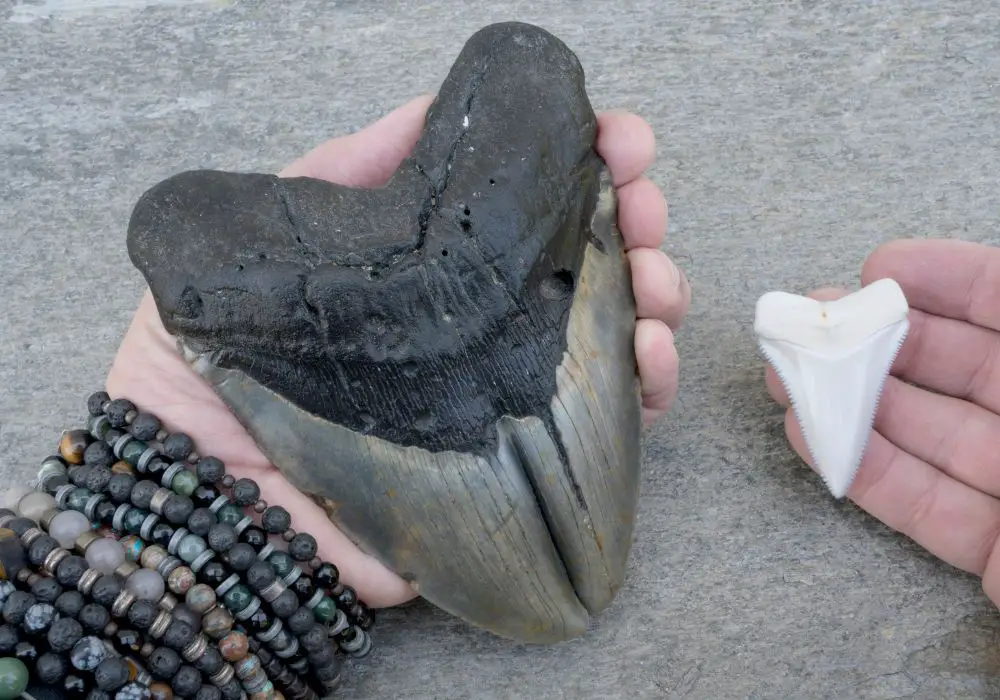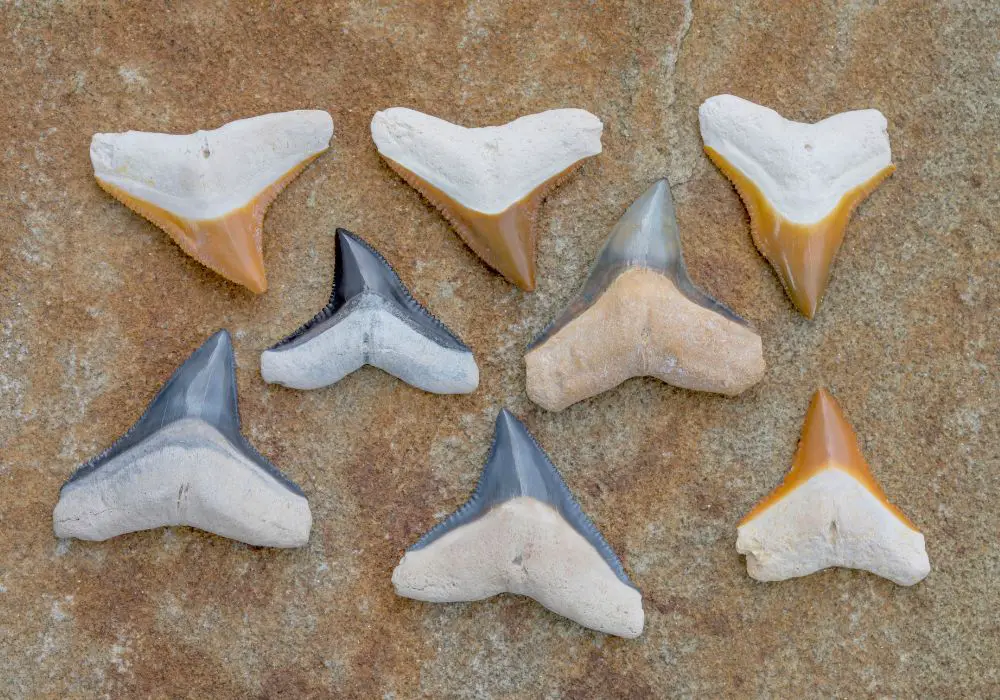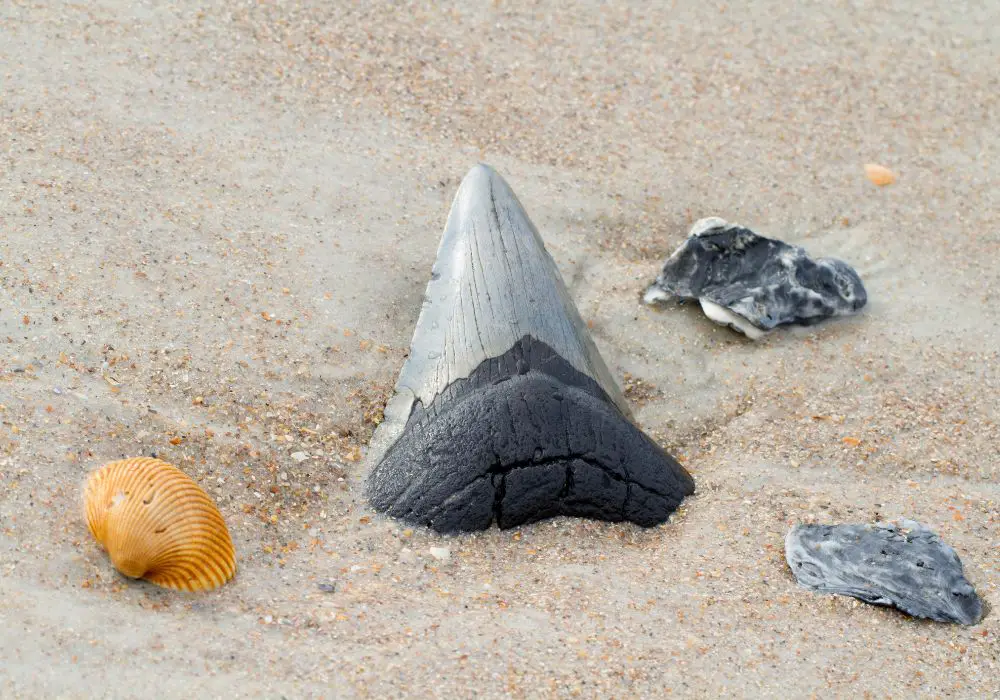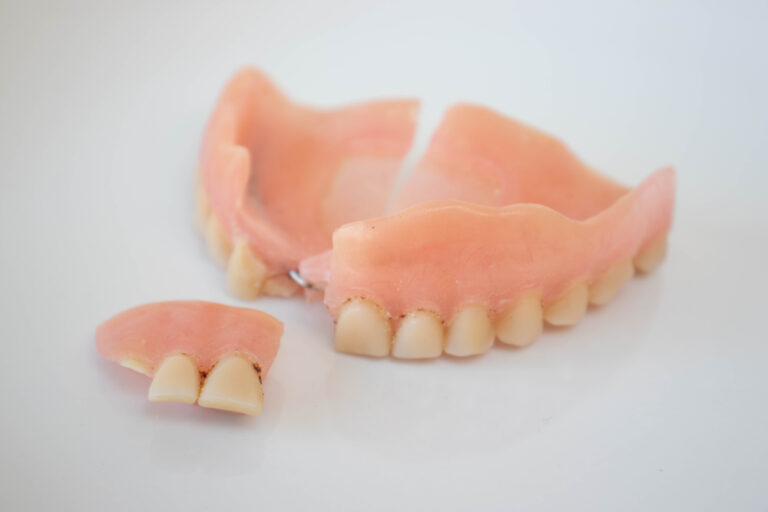The megalodon (Carcharocles megalodon) was the largest shark that ever lived, reaching astonishing lengths of up to 60 feet (18 meters) and weighing up to 70 tons. This massive prehistoric apex predator went extinct around 2.6 million years ago during the Pliocene epoch. Today, megalodon teeth are highly sought after treasures for fossil collectors and shark enthusiasts around the world. One of the most prolific places to find megalodon teeth is along the coasts of South Carolina in the United States. But why are there so many of these enormous ancient shark teeth concentrated in this area?
Geology of South Carolina
The geology of South Carolina provides ideal conditions that explain why megalodon teeth are so abundant along the state’s coastal region. There are four key geological factors that contributed to the plentiful numbers of megalodon teeth found in South Carolina:
Sea Level Fluctuations
During the last ice age which peaked around 18,000 years ago, global sea levels were as much as 400 feet lower due to massive glaciers locking up water. This exposed large portions of the continental shelf that were previously underwater when sea levels were higher. Megalodon inhabited these shallow coastal waters during periods of lower sea level, shedding thousands of teeth while feeding and swimming. Later, as the glaciers melted and sea levels rose again, these teeth were lifted from their original sites and redeposited in large numbers along South Carolina’s coastal region.
River System Transport
South Carolina has an extensive system of rivers and creeks that transported megalodon teeth from inland areas towards the coast over millions of years. The main rivers along the coastal plain of South Carolina include the Santee, Pee Dee, Cooper, Ashley, Ashepoo, and Savannah. These fossil-rich river systems likely carried megalodon teeth downstream as fossils eroded out of sediments inland, eventually depositing them along the coast. The mouths of creeks and rivers are excellent places to search for exposed fossils.
Fossil-Rich Sediments
Much of the present day coastal areas and river drainages of South Carolina contain abundant phosphate-rich sediments that preserve fossils exceptionally well. These phosphate sediments were deposited between 5 and 25 million years ago during the Miocene and Pliocene epochs when ocean waters covered the region. Megalodon teeth and other shark fossils became buried, mineralized, and concentrated in these nutrient-rich deposits over time, later becoming exposed by beach erosion.
Coastal Erosion
The soft sandy sediments that make up South Carolina’s coastline are constantly eroding from the action of waves, tides, wind, and storms. This natural erosion process exposes fossils on beaches that were previously buried and hidden below the surface. Coastal erosion rates average 2 to 3 feet per year along South Carolina beaches, constantly revealing fossils like megalodon teeth that may be millions of years old. More teeth wash in from offshore deposits as well.
Prime Megalodon Tooth Hunting Locations in South Carolina

Thanks to this fortuitous combination of geology, sea level history, and coastal dynamics, there are several highly productive beaches and river systems along South Carolina’s coastline that regularly produce abundant fossil shark teeth finds for lucky collectors:
Myrtle Beach
Myrtle Beach is world renowned among megalodon tooth hunters. Abundant teeth ranging in size from 1 inch to over 7 inches have been found along this beach, making it a mecca for fossil enthusiasts. The most productive area is from Springmaid Pier south to Myrtle Beach State Park. After major storms hit the Grand Strand, megalodon tooth hunting can be at its best, with big waves and surges uncovering buried teeth in large numbers. Early spring and late fall are also prime hunting times along Myrtle Beach.
Charleston Area Beaches
Nearby beaches around Charleston such as Folly Beach, Kiawah Island, Seabrook Island, Edisto Beach, and the Isle of Palms are all excellent hunting grounds to search for megalodon teeth. The phosphate-rich sands in these areas can produce fine specimens of teeth. Early spring and late fall are often the best times to search for exposed teeth after storm activity. Patience and perseverance are important, as teeth may be scarce in summer.
Waccamaw & Pee Dee Rivers
The Waccamaw and Pee Dee Rivers meander through South Carolina’s coastal plain, exposing fossiliferous sediments. Their banks and sand bars can produce fine teeth, often larger than beach specimens. Many private shell pits adjacent to these rivers allow fossil digging, providing outstanding opportunities for tooth hunters. After big rainstorms that raise the water levels is an ideal time to search for exposed fossils.
Purrysburg
The small town of Purrysburg is located on the banks of the Savannah River south of Hardeeville. This area is renowned for producing giant megalodon teeth that can exceed 7 inches. Teeth are eroded from upriver deposits and accumulate in large numbers along Purrysburg’s riverbanks. This area should be on every megalodon hunter’s list of tooth hunting hotspots. Significantly sized teeth are found here regularly.
| Beach/River | Average Tooth Size | Best Time to Search |
|---|---|---|
| Myrtle Beach | 1-7 inches | After storms |
| Charleston Area Beaches | 1-5 inches | Spring & fall |
| Waccamaw & Pee Dee Rivers | 3-6 inches | After storms & rain |
| Purrysburg | 5-7+ inches | Year-round |
Table: Prime megalodon tooth hunting locations in South Carolina and notes
Megalodon Tooth Hunting Tips and Techniques

Fossil shark tooth hunting takes patience, some skill, and the right techniques to be consistently successful. Here are some helpful tips and strategies for finding megalodon teeth along South Carolina’s coasts:
- Search near piers – Areas where piers or other structures reduce wave energy and accumulate sand are prime spots. Storm activity often exposes teeth in these areas.
- Scan ahead slowly – Keep your eyes focused about 5 to 10 feet ahead of you as you walk slowly along. Scan back and forth methodically so you don’t miss seeing any glint of enamel poking up from the sand.
- Low tide is best – Try to search at low tide, especially a receding low tide. This maximizes the expanse of exposed beach sediments you can hunt over. Incoming tides tend to hide teeth quickly.
- Early and late – The early morning and evening hours are times when oblique sun angles create shadows that help teeth stand out. The harsh overhead midday sun can be glaring.
- Dig and sift – Using a sturdy shovel, garden trowel, or large sifter to dig, scrape, and sift through sand and shell deposits can help uncover buried teeth. Be sure to fill any holes created.
- Keep searching – Any given beach may look “hunted out” at times, but new teeth constantly wash ashore, erode from offshore, or become freshly exposed. Persistence and repeat visits often pay off.
- Right conditions – Ideal tooth hunting conditions are moderate surf (not too big or flat), recent storm activity, a receding low tide, and angled early or late sun. But any day at a known productive beach can yield surprises!
Why Megalodon Teeth are So Highly Prized and Valued
Megalodon teeth are arguably the most sought after and valued type of shark tooth among collectors, far surpassing the teeth of other extinct and living sharks in collector interest and monetary value. There are several reasons these enormous fossil teeth are so heavily prized:
- Large size – Megalodon teeth can reach sizes over 7 inches diagonally, which dwarfs teeth from virtually all other shark species. Their massive, imposing size makes them iconic and highly desirable centerpieces.
- Abundance – Because megalodon inhabited oceans nearly worldwide, their teeth are found prolific on many coastlines and deposits, often making them relatively available. South Carolina is exceptionally abundant.
- Scientific value – Megalodon teeth provide concrete physical evidence about this extinct shark’s taxonomy, phylogeny, body size, geographic distribution, habitat preferences, dietary ecology and behavior. They are invaluable for scientific research and education.
- Apex predator – As one of the most fearsome apex ocean predators of all time, megalodon invokes a sense of awe and fascination unmatched by other sharks. Possessing a tooth symbolizes this formidable giant.
- Rarity of large teeth – While smaller teeth under 3 inches are common, very large complete teeth over 5 inches are rare. These giant teeth are the “trophy” specimens that many collectors spend years hoping to find. Truly huge teeth over 7 inches are the pinnacle.
Megalodon Tooth Identification – How to Know if You Found One
When you find a large, triangular fossil shark tooth, how can you identify if it is indeed from a megalodon? Here are some key features and traits to examine:
- Examine the root – Megalodon teeth have upright, very thick, V-shaped roots. In smaller teeth, the roots take up half the tooth’s height. Roots are usually eroded and worn down in found teeth.
- Bourlette – On the inside of the V-shaped root, megalodon teeth have a slightly indented round area called the bourlette, where the pulp cavity exited. This feature should be present.
- Enamel – Megalodon teeth have a thick enameloid cover over the crown, usually gray, tan, or black after mineralization. Enamel may show cracking.
- Serrations – Under the enamel, serrations occur along both cutting edges. Serrations may be worn down but should be visible at least near the tooth base in some form.
- Color – The overall color is typically black, very dark gray, different shades of brown, off-white, or cream, often with various staining or spotting. Never bright white.
- Size and thickness – Megalodon teeth are very thick and triangular in shape. Verified teeth are at least 1.5 inches in height, with most over 2 inches, and can exceed 7 inches for large adults.
With experience, megalodon teeth have a look and feel distinct from other shark species. Seeking input from local experts when starting out is very helpful for making accurate identifications.
Megalodon Tooth Legality – Rules and Ethics for Collecting Teeth

It is perfectly legal to collect megalodon teeth from South Carolina beaches and rivers where allowed. Most public beaches and waterways allow recreational fossil hunting. However, some key ethical guidelines should be followed:
- Always check local ordinances before searching any new beach. Some communities prohibit removal of shark teeth and other fossils from certain areas.
- Avoid trespassing on private property or damaging structures, vegetation, or sand dunes when searching for fossils anywhere.
- Only collect what you can reasonably care for and appreciate yourself. Mass collecting contributes to over-hunting of limited resources.
- Consider donating rarer or exceptionally large specimens to museums and universities for education and research purposes. Allow others to enjoy them too.
- Practice Leave No Trace principles: fill any holes dug, do not litter, respect nature and other beachgoers.
Responsible collecting by hobbyists has enabled the ongoing research and fascination with megalodon and other prehistoric sharks. Future generations also deserve to discover fossils.
Conclusion
In summary, the great abundance of megalodon shark teeth in South Carolina is fundamentally due to ideal conditions that enabled their fossilization in large numbers and subsequent active transport and erosion of teeth into huntable sites along the coast. Within South Carolina, certain beaches and rivers stand out for their high productivity. Megalodon teeth are so prized and valuable due to their enormous size as the largest shark ever, their scientific significance, and their ferocious apex predator status, along with the rarity of very large teeth over 5 inches long. Using responsible collecting practices allows enthusiasts to engage with and enjoy firsthand the fossil evidence of this iconic, massive prehistoric marine beast.
Frequently Asked Questions
Why are megalodon teeth usually dark colored instead of pearly white?
Megalodon teeth are typically dark colored due to the original minerals in the tooth being replaced by other various trace minerals from the surrounding sediments during the fossilization process over millions of years. The tooth essentially undergoes total replacement and recrystallization with particles of pyrite, silicates, phosphates, carbonates and other minerals that percolate through microscopic pores and spaces in the tooth over time. These mineral deposits give megalodon teeth their characteristic black, gray, brown, or tan coloration. The original white calcium phosphate material of the tooth is completely lost through this replacement process, as are the living tooth’s soft tissues. Only the basic shape and structure remain, mineralized into rock.
What is the largest megalodon tooth ever found?
The largest verifiable megalodon tooth on record was a 7.48 inch tooth discovered near Charleston, South Carolina in 1770. This tooth was originally held in a French museum before being lost during the chaos and destruction of the French Revolution. Several other megalodon teeth measuring at 7 inches or larger have been found in South Carolina, with the largest reported but unverified specimen measuring 7.75 inches. Finding a megalodon tooth over 7 inches is extremely rare, making these giant teeth highly coveted and valuable.
Are megalodon teeth actually as plentiful as people claim along South Carolina beaches and rivers?
Yes, South Carolina is astonishingly abundant in megalodon shark teeth compared to most other places worldwide. The combination of ideal fossilization conditions, sediments containing high numbers of deposited teeth, and ongoing coastal erosion constantly revealing more make South Carolina a genuine megalodon tooth mecca. Many thousands of teeth are collected, bought, sold and traded from South Carolina each year by avid collectors and fossil hunters. 5 inch teeth are uncommon but found frequently enough to make South Carolina a top global hotspot for megalodon tooth hunting. Even experts are surprised at just how many teeth remain accessible to beachcombers here.
What causes the black spot often seen on larger megalodon teeth?
The black spot visible on the inner surface of many larger megalodon tooth roots is called the apical button. This was where the main pulp canal exited the root into the tooth when the shark was still alive. During fossilization, this pulp cavity often filled with mineral deposits that lend it a black color. The apical button marks the central point where the “V” of the root structure splits away, making it useful for identification. It also indicates where the main blood vessels fed the living tooth root. In extremely worn teeth, the apical button may be eroded away.
Why do many collected megalodon teeth lack serrations along the cutting edges and cusps?
Most megalodon teeth found are at least somewhat worn, broken, or eroded due to their multi-million year fossilization as well as stresses during the shark’s lifetime. The fine serrations along the enamel cutting edges are delicate and highly prone to wearing down through erosion or breakage. However, serrations nearer the robust tooth base are often still visible. Smaller teeth in excellent condition sometimes show nearly complete serrations. But most collected teeth have partially to fully flattened serrated edges as a natural result of their age and history in the sea.






